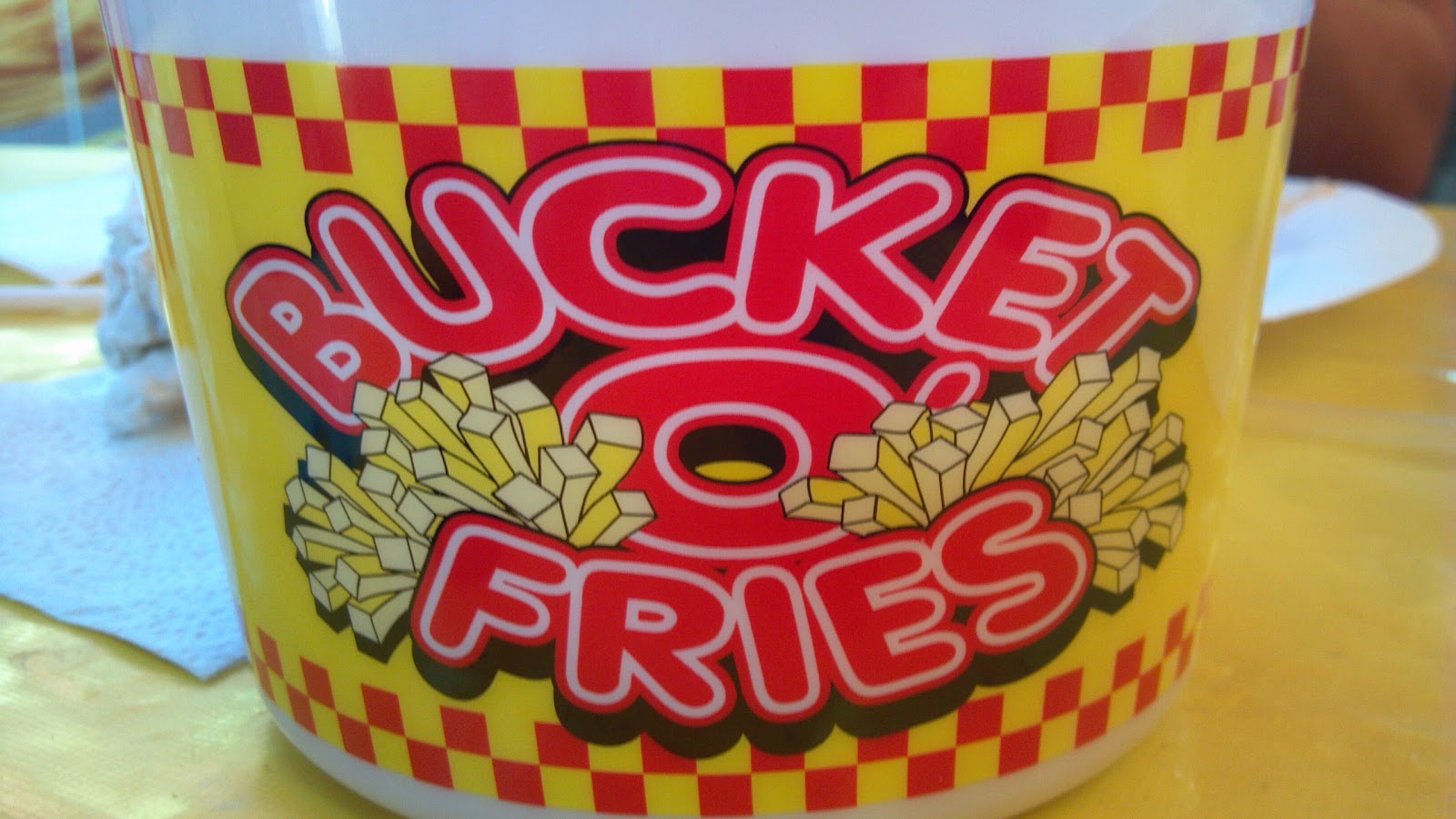The use of negative text combined with images is twice as effective at changing people’s minds about what snacks they desire, researchers say
Junk food should be served with graphic health warnings if authorities want to persuade the public to avoid bad food choices, an Australian study has found.
Researchers used 95 hungry punters as guinea pigs, monitoring their brain activity while presenting a range of food items from chocolates to vegetables.
They found the use of negative text combined with images was twice as effective at changing people’s minds about what snacks they desired, compared with text-only messages or those with images plus positive text.
“The study shows that if you want to stop people choosing fatty and sugary packaged foods, health warnings actually work,” University of Melbourne researcher and study co-author Stefan Bode said.
“It sheds light on the mechanisms in the brain that underlie the effects of health warning messages.”
Cancer Council Victoria, which backed the project, is urging the government to strengthen and make mandatory the Health Star Rating system on foods.
The council’s Helen Dixon, a behavioural researcher, said strong cues, such as anticipated taste, tended to work in a more unconscious way.
Health messages therefore needed to disrupt these more impulsive, hedonistic responses to foods and make people consciously consider the health implications, she said.
She called for the government to improve and make mandatory the Health Star Rating system on foods, which was launched in 2014 and aims to encourage consumers to make better food choices.
The research is published in the journals NeuroImage: Clinical and Appetite.


